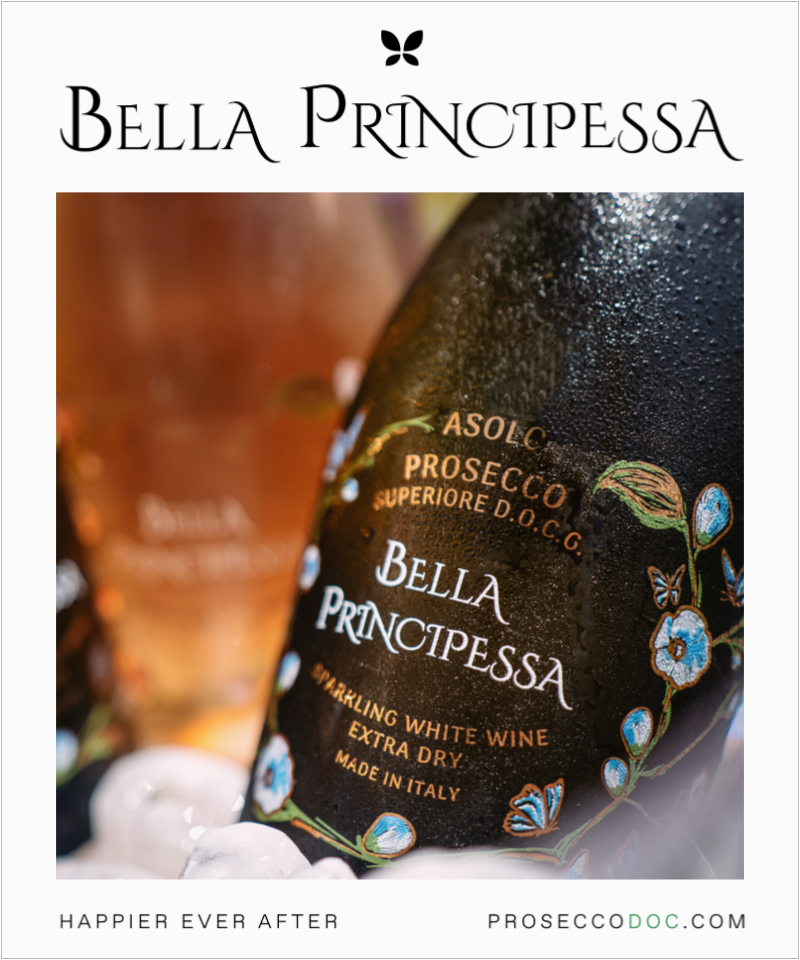The frequently asked question “Where is Prosecco wine from?” transports us to Italy’s stunning landscapes, specifically the Veneto and Friuli Venezia Giulia regions.
As an esteemed DOC (Denominazione di Origine Controllata) or DOCG (Denominazione di Origine Controllata e Garantita) white wine, Prosecco’s roots are deeply entrenched in these northeastern Italian areas. The wine’s name is inspired by a village in Trieste, Italy, highlighting its profound connection to the region.
Veneto stands at the forefront of Prosecco’s production, a region where the wine is intertwined with historical and cultural heritage. At the heart of Veneto’s Prosecco territory lies Conegliano Valdobbiadene, a region famed for crafting some of Italy’s most exquisite sparkling wines, serving as the cradle of premium Prosecco.
The Valdobbiadene area, nestled near Treviso and a mere 15 miles north of Venice, is synonymous with Prosecco cultivation. This region is acclaimed for providing optimal conditions for vineyards. Here, the Glera grape thrives, instrumental in producing Prosecco’s signature light, aromatic, and refreshing qualities.
The uniqueness of Prosecco is also shaped by its production technique. Utilizing the Charmat method, Prosecco undergoes a secondary fermentation in tanks, instilling it with its notable effervescence and delicate nature. This contrasts with sparkling wines like Champagne, where secondary fermentation occurs within the bottle.
Globally, Prosecco is cherished for its accessible taste and adaptability. Renowned brands such as Bella Principessa Prosecco and Signorina Prosecco are testaments to Prosecco’s esteemed quality. Originating from the heartlands of Prosecco production, these brands offer insights into Northeast Italy’s rich viticultural legacy, embodying the unique attributes that make Prosecco a favorite among sparkling wine aficionados.











